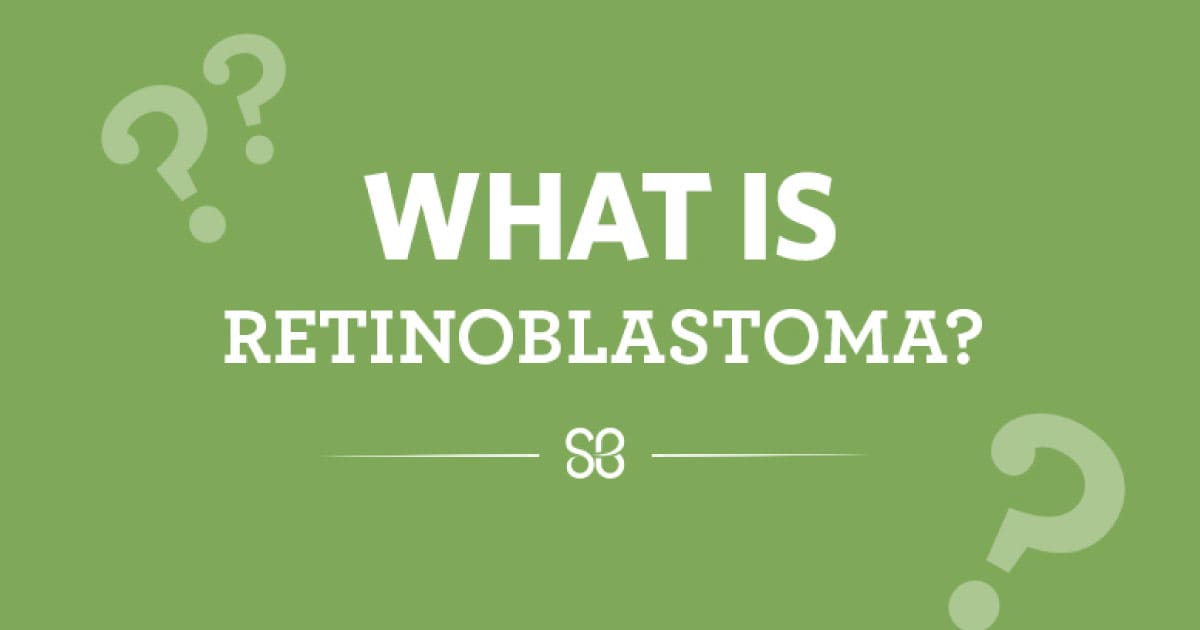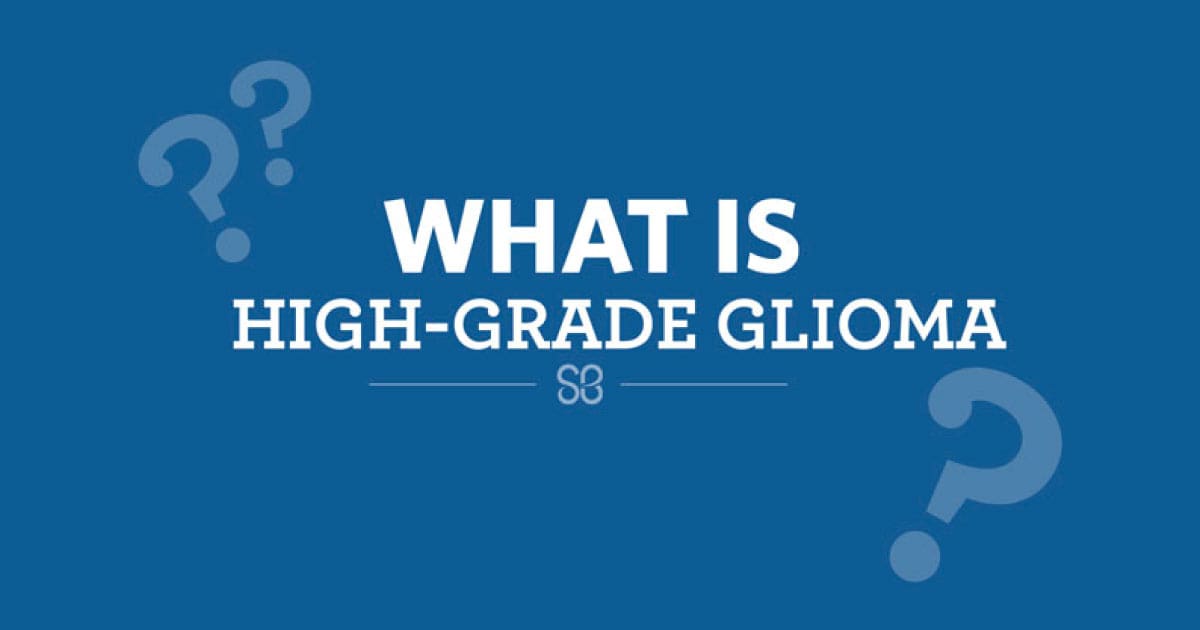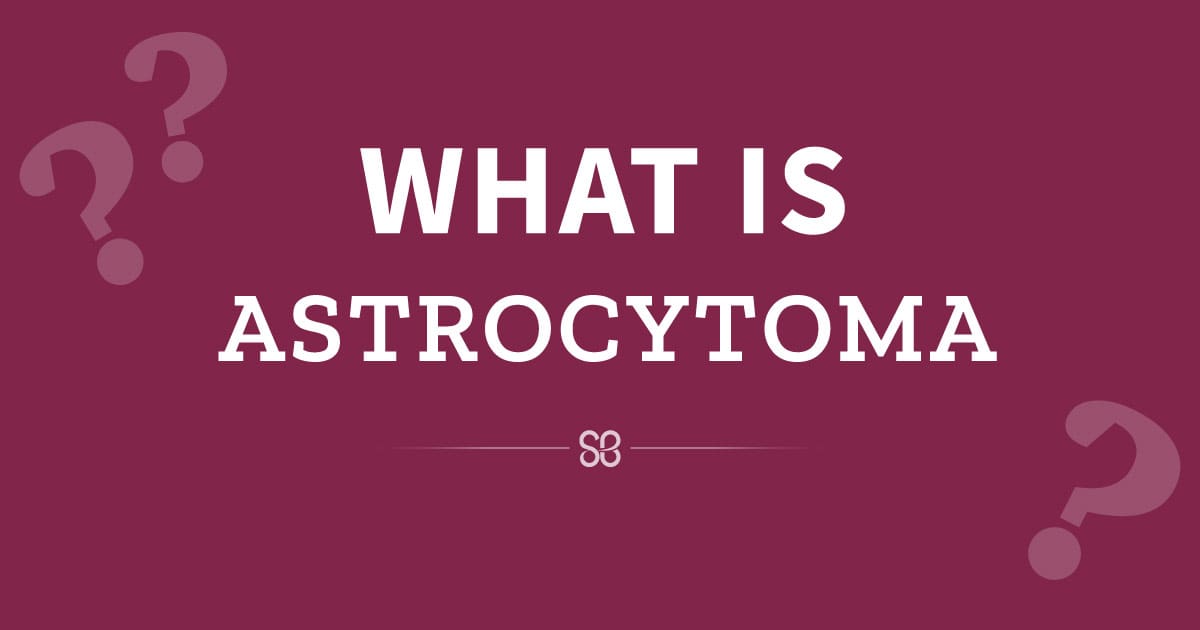Dr. Chintagumpala’s specific interests include the management of children with all brain tumors, retinoblastoma, bone tumors and kidney tumors. He serves as chair of the Retinoblastoma Sub-Committee for the Children’s Oncology Group and is a leader in conducting clinical trials involving children with brain tumors and Retinoblastoma.
Dr. Rodríguez-Galindo is a member of the St. Baldrick’s Scientific Advisory Committee. His research focuses on retinoblastoma, bone sarcomas, histiocytic disorders and rare childhood cancers.
What is Retinoblastoma?
Retinoblastoma is a rare form of eye cancer that occurs in children, usually under the age of 5. This childhood eye cancer develops in the retina and is most often diagnosed in very young children. In fact, two-thirds of cases are detected before the age of 2, and over 90% are diagnosed by age 5.
Types of Retinoblastoma
Retinoblastoma can be classified into two main types:
- Unilateral Retinoblastoma: Around 75% of cases involve one tumor in just one eye. Known as unilateral retinoblastoma, it typically develops in children around 2 years old.
- Bilateral Retinoblastoma: About 25% of cases involve tumors in both eyes. This type, called bilateral or multifocal retinoblastoma, generally develops before a child’s first birthday. Children with bilateral retinoblastoma have a mutation in the retinoblastoma (RB1) gene, which increases their risk of developing this cancer.
The RB1 gene is a tumor suppressor gene, meaning it helps prevent tumors from forming. When mutated, it can lead to the development of this cancer. About 95% of children with this genetic mutation will develop the disease. Additionally, children with genetic retinoblastoma are at a higher risk of developing other types of cancer throughout their lives.
In about 25% of genetic retinoblastoma cases, the mutated gene is inherited from a parent. However, in most cases, the mutation happens spontaneously and is not inherited. When a child has the RB1 mutation, doctors typically recommend screening their future offspring from birth to detect potential issues early.
Signs and Symptoms
The most common sign of retinoblastoma is a white pupil, also known as leukocoria. This is often noticeable in photographs where flash photography, which usually causes “red eye,” instead reveals a white reflection in one or both pupils.
Another common symptom is lazy eye, or strabismus. This can be particularly severe in children with tumors in both eyes. Infants with retinoblastoma may also struggle to follow objects with their eyes due to vision impairment caused by the tumors.
Parents should be vigilant for these warning signs, as early detection of retinoblastoma can significantly improve outcomes.
How is Retinoblastoma Diagnosed?
Early diagnosis is critical. Routine pediatric light reflex examinations can help detect eye and vision problems, including retinoblastoma. If this form of cancer is suspected, an eye doctor will perform a detailed examination of the child’s eye under anesthesia to confirm the diagnosis. A biopsy is not required or recommended for diagnosing.
In resource-limited countries, retinoblastoma is often diagnosed at a much later stage, when the cancer has advanced beyond the eye. This can result in severe complications, including loss of the affected eye.
Why Early Detection Matters
Retinoblastoma is highly treatable when detected early. Parents should be aware of common signs like white pupils, lazy eye, or vision problems in young children. Regular pediatric eye exams and early screening for at-risk children with the RB1 mutation can make a significant difference in diagnosing and treating this rare childhood eye cancer.
By understanding the symptoms, types, and diagnostic process, parents and caregivers can take proactive steps to protect a child’s eye health and overall well-being.
Treatment Options for Retinoblastoma: What You Need to Know
Retinoblastoma, a rare eye cancer in children, requires a team of specialists for effective treatment. This team includes ophthalmologists, pediatric oncologists, radiation oncologists, occupational therapists, clinical geneticists, and nurses. Their primary goals are to cure the cancer, save the affected eye when possible, and preserve vision.
Advanced Treatment
For children with advanced retinoblastoma in one eye, eye removal (enucleation) is often recommended. When the vision potential in the affected eye is minimal and the other eye functions normally, removing the cancerous eye offers the best chance of a cure. This procedure typically doesn’t require chemotherapy.
During enucleation, surgeons implant a spherical device attached to the eye muscles, allowing for natural movement. Afterward, an ocularist fits an artificial eye over the implant, resulting in excellent cosmetic outcomes.
Alternative Treatment Options
When saving the eye is possible, chemotherapy combined with focal treatments like laser therapy or freezing (cryotherapy) is used to treat the tumor. Chemotherapy can be delivered systemically (through the vein) or directly into the eye via intra-arterial chemotherapy, which targets the artery feeding the tumor.
For less advanced cases, systemic chemotherapy with focal treatments is often effective. However, for more severe cases, intra-arterial chemotherapy, sometimes combined with intra-vitreal chemotherapy (direct injection into the eye), is becoming the standard.
Children with cancer in both eyes require more aggressive treatment. Doctors aim to preserve both eyes, even if vision is limited, using combinations of chemotherapy, advanced delivery methods, and focal treatments.
Radiation Therapy for Retinoblastoma
While radiation therapy can effectively control retinoblastoma, it carries risks. Radiation increases the likelihood of developing new cancers in the treated area, especially for children with the RB1 gene mutation. Because of this, radiation is used sparingly and only when other treatments are insufficient.
Monitoring for Genetic Retinoblastoma
Children with the genetic form of retinoblastoma need lifelong monitoring for other tumors. Families should be educated about the increased cancer risk and the possibility of passing the RB1 gene mutation to future generations.
How Research is Improving Treatment
Significant progress has been made in understanding and treating retinoblastoma over the past few years. Advances in gene research have helped identify specific therapeutic targets, improving treatment outcomes.
Thanks to multidisciplinary care, survival rates now exceed 95% in the United States. Many cases no longer require intensive or toxic treatments, with intra-arterial chemotherapy playing a key role in this progress.
The Future of Retinoblastoma Treatment
Ongoing pediatric oncology research is expected to revolutionize treatment in the coming years. New drug therapies targeting specific abnormalities in cells are already in development, alongside innovative methods for delivering these treatments directly to the eye.
Early diagnosis remains a critical goal. Detection when tumors are small and easier to treat dramatically increases the chances of saving both the eye and the child’s vision.
Join the Fight Against Childhood Cancer
Our goal moving forward is to diagnose children with cancers earlier, when tumors are small and easier to treat. This will greatly improve our chances of saving their eyes and preserving their sight.
Join us today and #ConquerKidsCancer!
Donate
Learn about one of our recent Research Outcomes:
Research Outcomes: Inspiring Hope



